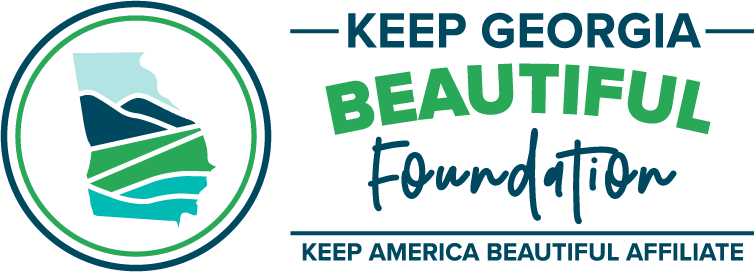Plant with Purpose: A Simple Guide to Pollinator Gardens Big or Small
June is National Pollinator Month—a time to celebrate and support the bees, butterflies, hummingbirds, and other species that help our plants grow and ecosystems thrive. The good news? You don’t need a sprawling backyard to make a difference. Whether you have acres to work with or just a sunny windowsill, there are simple, impactful ways to create pollinator-friendly spaces that are as beautiful as they are beneficial.
Why Pollinators Matter
Pollinators are essential to the health of our environment and food supply. They help more than 75% of flowering plants reproduce, including many of the fruits, vegetables, and nuts we rely on every day. Their work supports ecosystems, boosts biodiversity, and helps our landscapes thrive.
But pollinator populations are in trouble. Habitat loss, pesticide use, climate change, and disease have all contributed to steep declines in bees, butterflies, and other key species. The good news? Creating pollinator-friendly spaces—no matter the size—can help restore vital habitat and support the health of these hardworking creatures.
Got a Yard? Go Big
If you have yard space, you have an incredible opportunity to build a pollinator garden that supports biodiversity and adds natural beauty to your surroundings. Start by planting native, nectar-rich flowers that bloom from early spring through fall. Choose a mix of shapes and colors to attract different species, and avoid using harmful pesticides.
You can go a step further by adding elements like:
Bee baths – shallow dishes filled with clean water and pebbles
Bare patches of soil – great nesting spots for native bees
Educational signage – to inform neighbors and passersby
Even better? Many pollinator-friendly gardens are low-maintenance and require less water than turf grass. They’re a win for the planet and your schedule.
No Yard? No Problem
You don’t need a backyard to support pollinators—just a little creativity. Small-space gardeners can grow beautiful, buzzing habitats in containers, window boxes, or even vertical planters on balconies and patios.
Here’s how:
Pick native plants that thrive in pots, like black-eyed Susans, bee balm, or milkweed.
Group containers together to create a mini-garden with variety and visual appeal.
Add a bee bath to provide water for thirsty pollinators.
Skip pesticides and use natural methods instead, like planting herbs such as mint or basil nearby. (Their strong ar
Want to make your space even more sustainable? Upcycle old containers like mugs, buckets, or tin cans into unique planters. Just make sure they have drainage holes!
More Ways to Help Pollinators
Whether you have room to plant or not, there are other powerful ways to make a difference:
Support local green spaces that protect pollinator habitats.
Advocate for native landscaping in your apartment complex, HOA, or city.
Educate others by sharing what you’ve learned and encouraging pollinator-friendly choices.
Let’s Keep Georgia Blooming
Every plant you grow, every pesticide you skip, and every pollinator you support makes a meaningful difference. Whether you’re transforming a corner of your backyard or placing a single pot of native flowers on your balcony, your actions help protect the pollinators we all depend on.
Pollinator gardens—big or small—do more than add color to our communities. They build resilience, improve biodiversity, and remind us that environmental stewardship starts at home. By choosing to plant with purpose, you’re helping create a healthier, more vibrant Georgia—one that’s buzzing with life and blooming with possibility.
This Pollinator Month, take a moment to look around. Where could you plant something meaningful? Where could you reduce harm and restore balance? The opportunity to grow good is all around you. Let’s keep Georgia beautiful—for the pollinators, and for generations to come.

